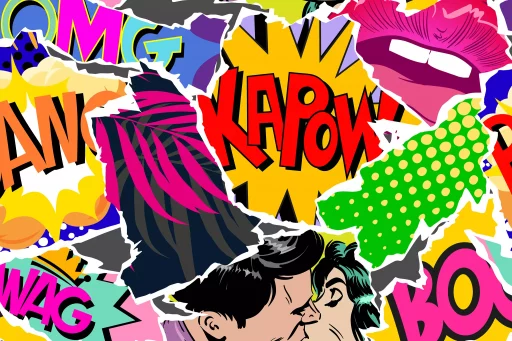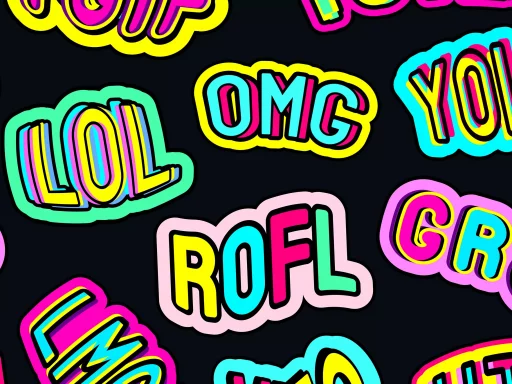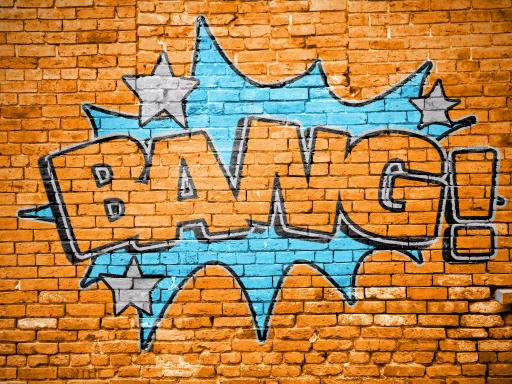Introduction to Boomer Slang
Language is a living thing, constantly evolving and adapting as society changes. One of the most fascinating aspects of language is generational slang, which often serves as a cultural timestamp. In this article, we will explore "boomer slang", terms and phrases popularized by the Baby Boomer generation (born approximately 1946 to 1964). This era produced a unique lexicon that reflects the social and cultural values of the time.
What is Boomer Slang?
Boomer slang encompasses the informal language, expressions, and idioms used by Baby Boomers in their youth, which often differ significantly from modern vernacular. Many of these terms capture the spirit of the 1960s and 1970s and may seem outdated or perplexing to younger generations.
Common Examples of Boomer Slang
- Groovy: An expression of approval or admiration, often associated with the counterculture movements of the time.
- Far Out: Used to describe something amazing or extraordinary.
- Cool Cat: A term for someone who is stylish and laid-back.
- Hip: Being in the know; aware of the latest trends.
- Dig It: To understand or appreciate something.
- Outta Sight: Something superb or fantastic.
The Evolution of Slang Across Generations
As generations come and go, so does their slang. Each cohort creates its own unique set of expressions that reflects their experiences. While Baby Boomers were growing up during the economic prosperity of the post-WWII era, they also witnessed significant social changes, which informed their use of language.
In the decades following the Boomers, Generation X and the Millennials introduced their own terms, like "lit" or "yeet", which in some cases flipped the meanings of earlier phrases. This dynamic often breeds a generational divide where terms like "groovy" may be perceived as outdated by Millennials.
Why Boomer Slang Matters Today
Understanding Boomer slang is vital for several reasons:
- Cultural Appreciation: Acts as a bridge that allows younger generations to appreciate and comprehend the historical context of the Baby Boomer generation.
- Communication Gaps: Reduces miscommunication and fosters better relationships between generations.
- Social Connectivity: Can enhance conversations and create bonds through shared references.
Case Study: Slang in Popular Media
One famous example of boomer slang reviving in popular culture can be observed in the television series "Mad Men". Set in the 1960s, the show effectively utilizes slang that resonates with Baby Boomers, allowing modern audiences to gain insights into the era. The use of terms like "swell" and "jive" made conversations more authentic and engaging.
Furthermore, the resurgence of ’70s and ’80s nostalgia in popular music and film has reignited interest in boomer slang. Recent pop songs sample iconic music from the era, often introducing these terms to younger audiences, creating a cyclical pattern of language evolution.
Statistics on Generational Language Use
Research has shown that generational language greatly affects communication and understanding. According to a study by Pew Research Center, 58% of Millennials reported that understanding their parents’ culture made them feel more connected to their family history.
Moreover, a significant 71% of Baby Boomers feel that their slang is often misunderstood by younger generations, indicating a clear gap in communication that calls for more intergenerational dialogue.
Conclusion: The Interconnectedness of Language
In conclusion, boomer slang is not just a relic of the past; it’s an essential part of understanding generational dynamics. While some phrases may seem irrelevant today, others can still find relevance in modern discussions, underlining the fluidity of language.
Bridging these generational gaps through language can promote understanding and enhance communication. Whether it’s exploring groovy terms from the past or understanding contemporary slang, each generation has something valuable to contribute to the evolving tapestry of language.






